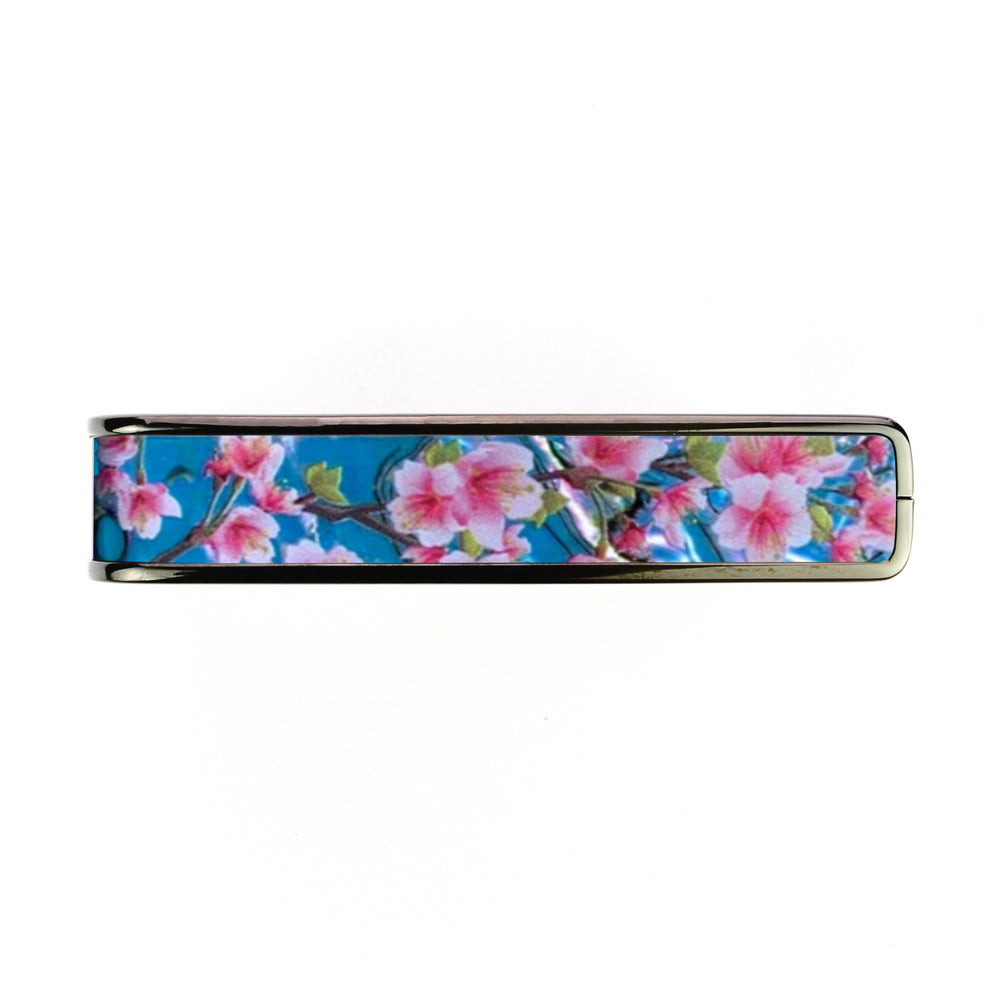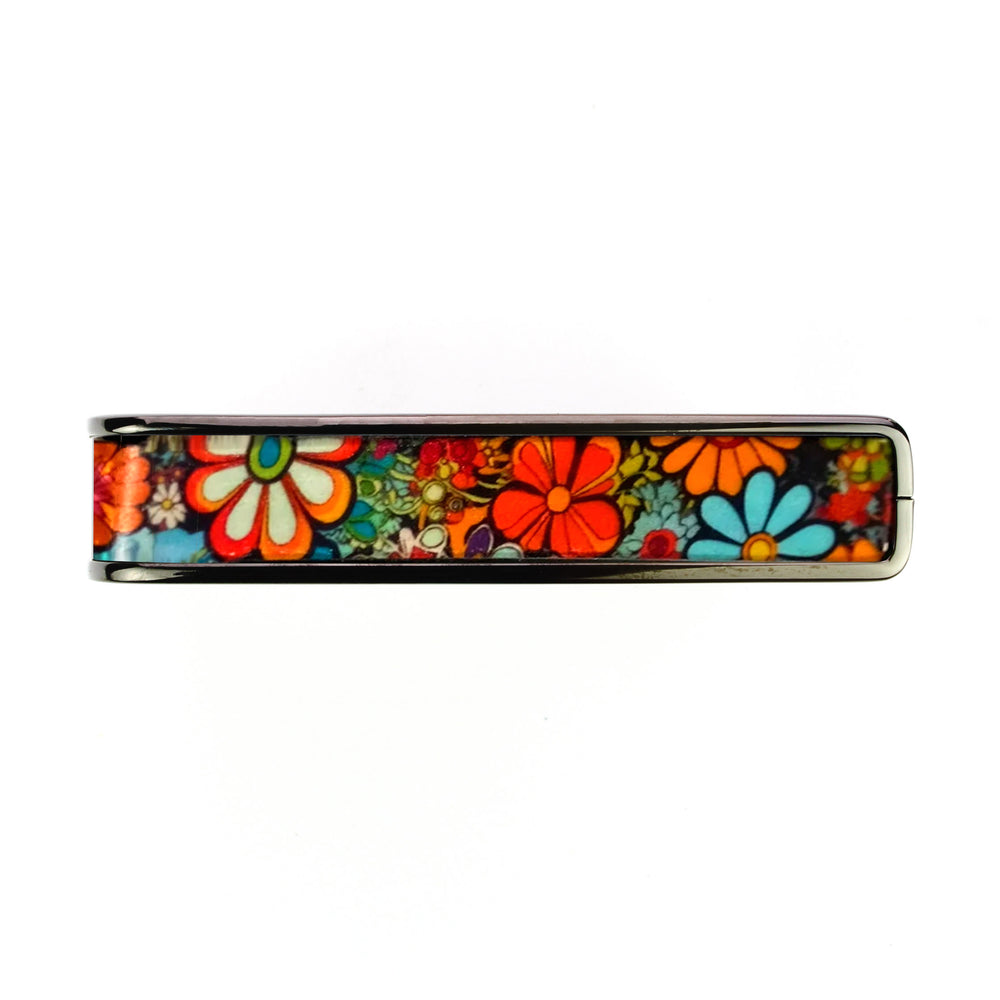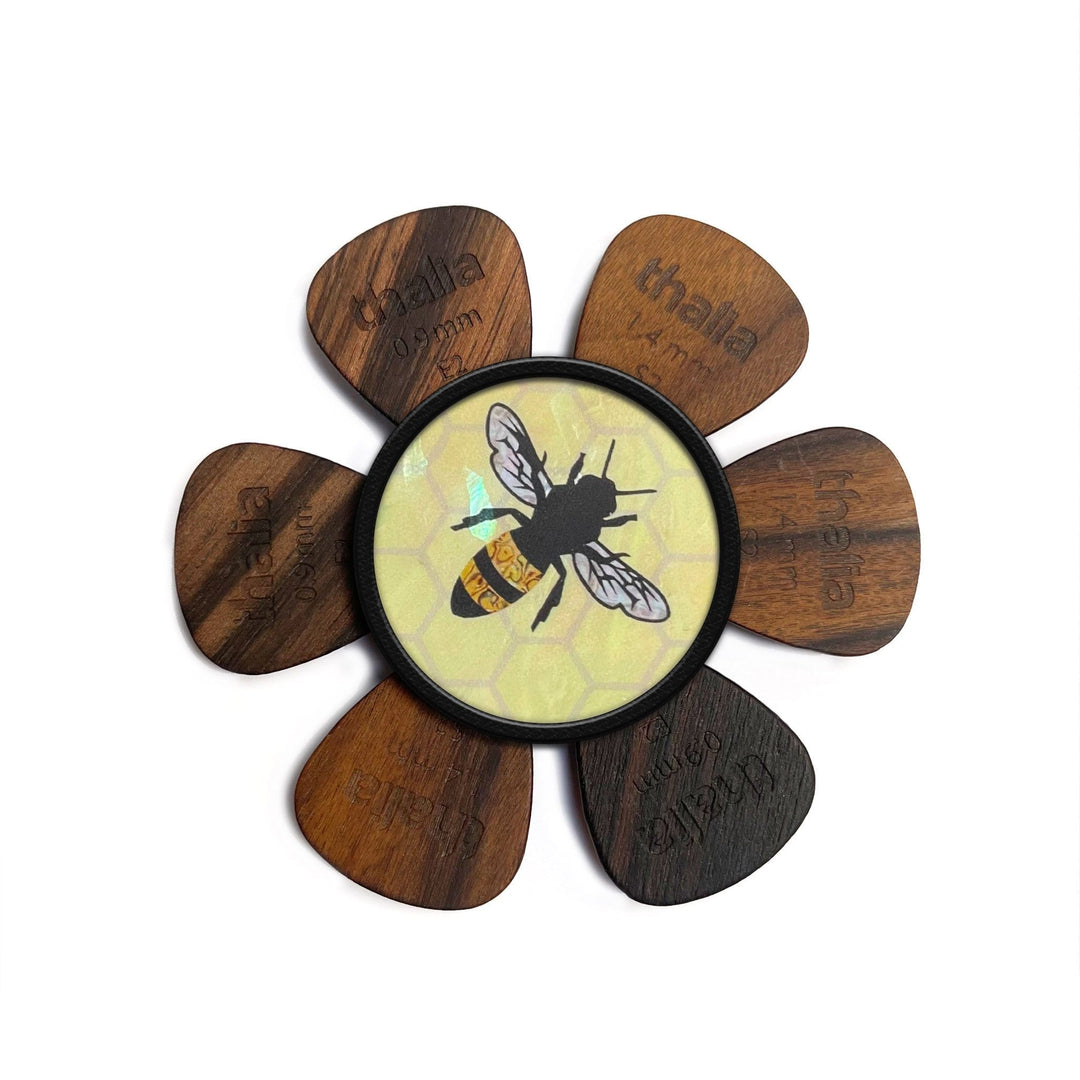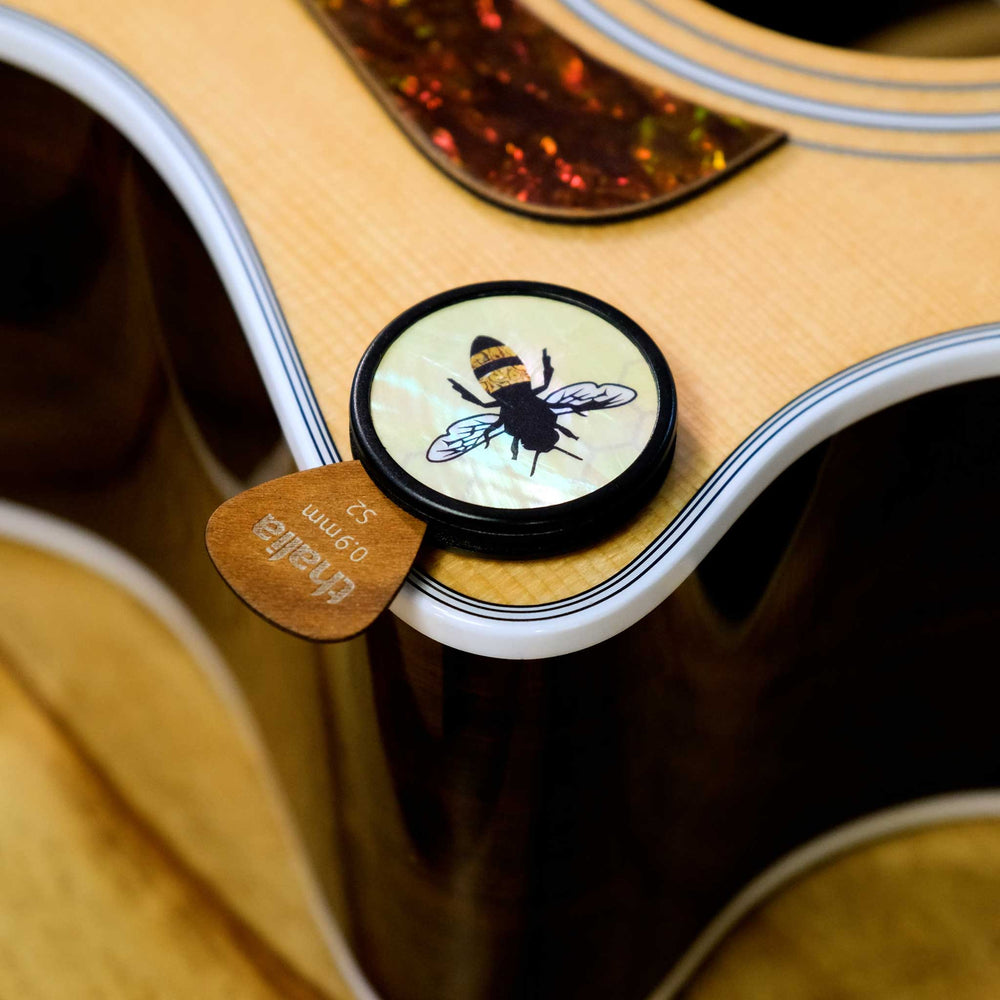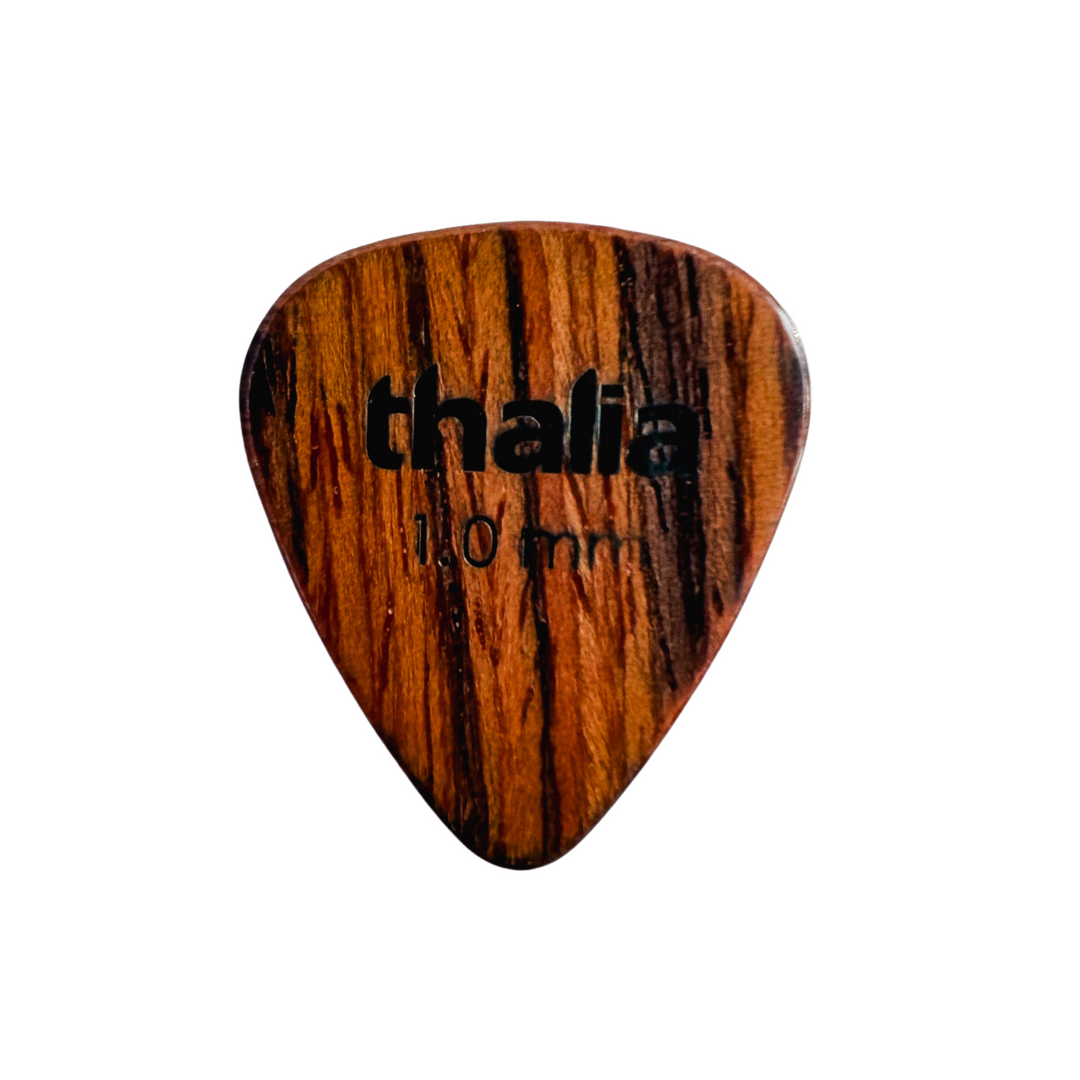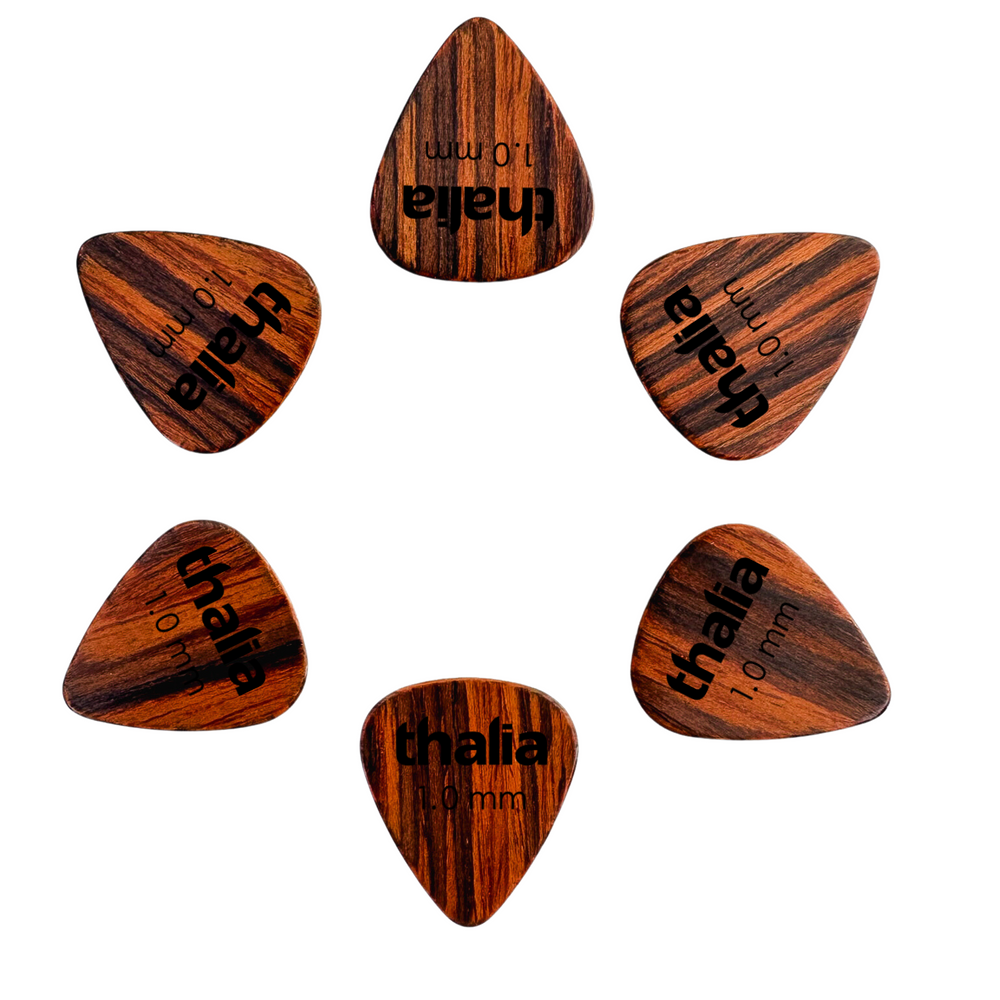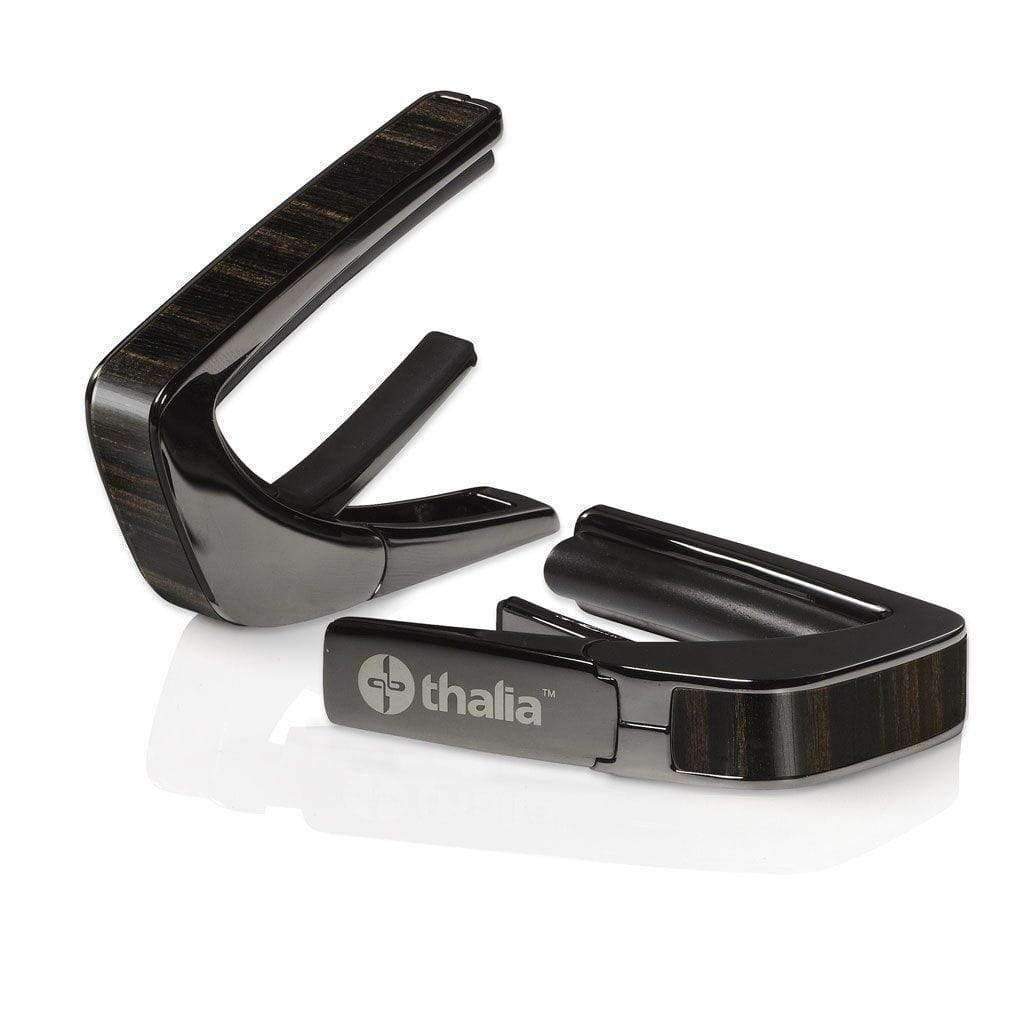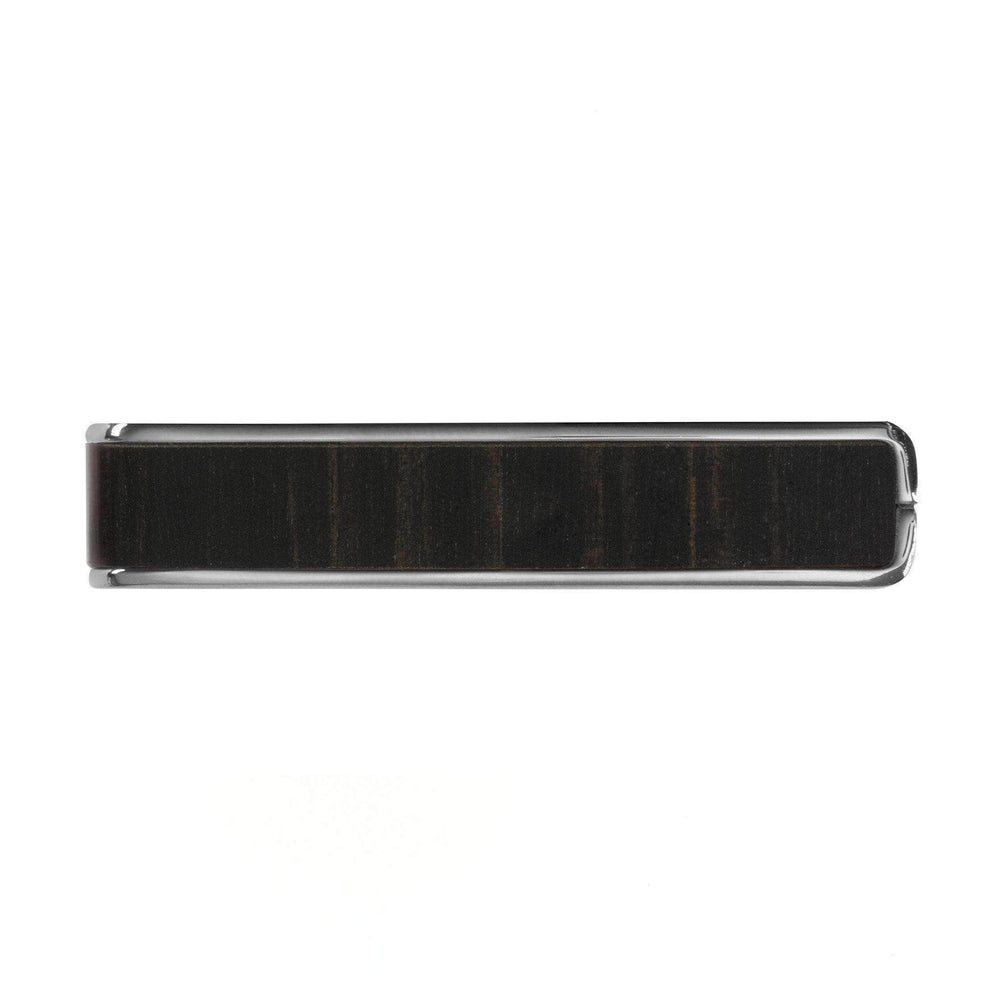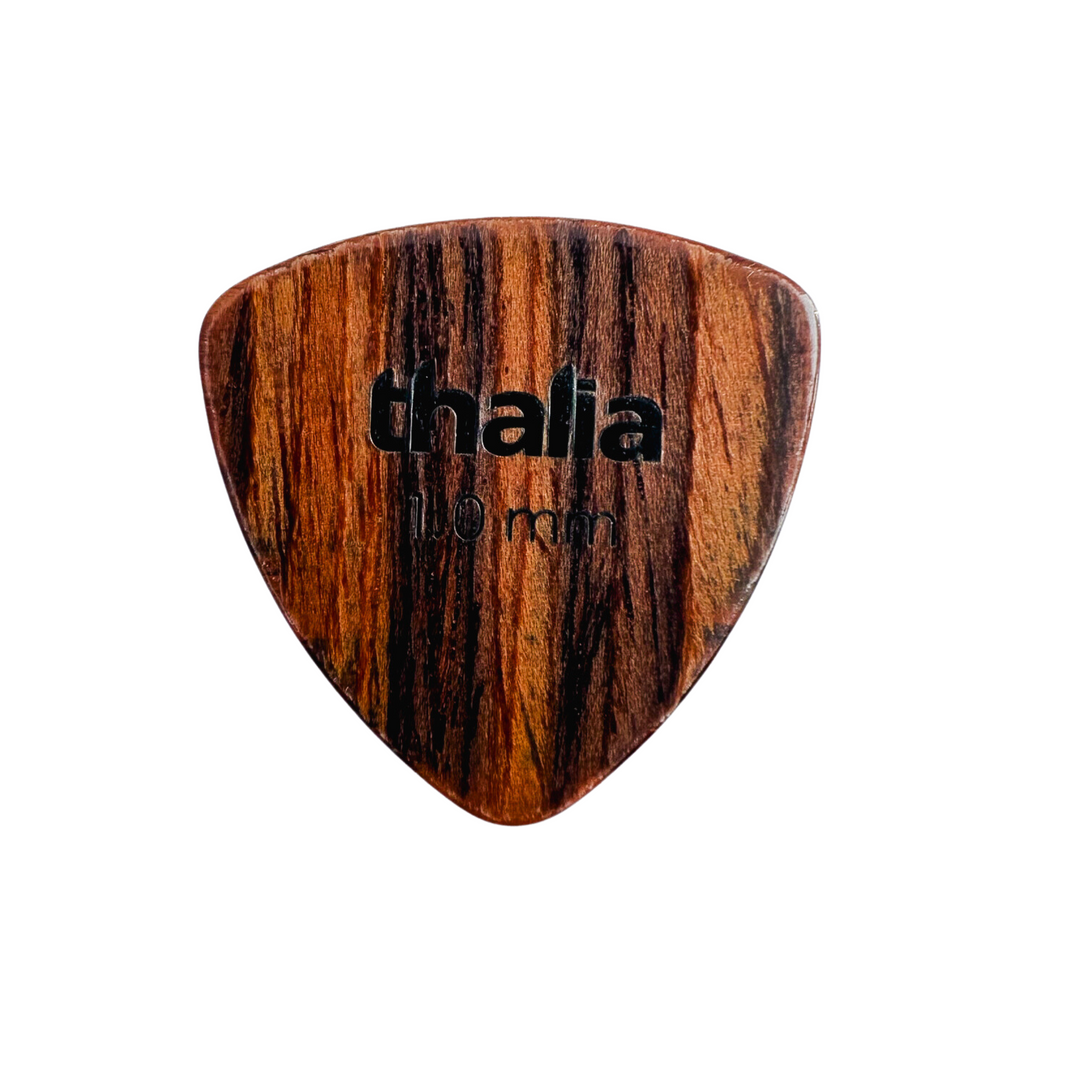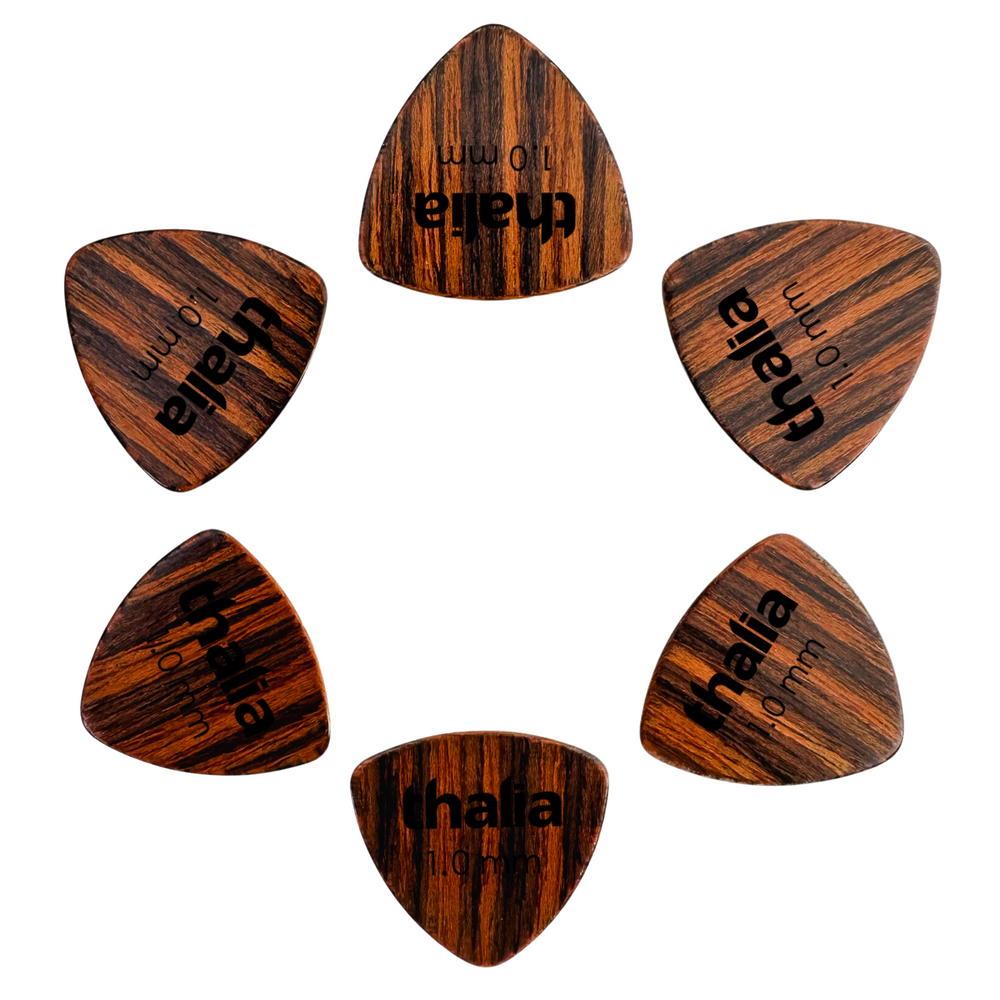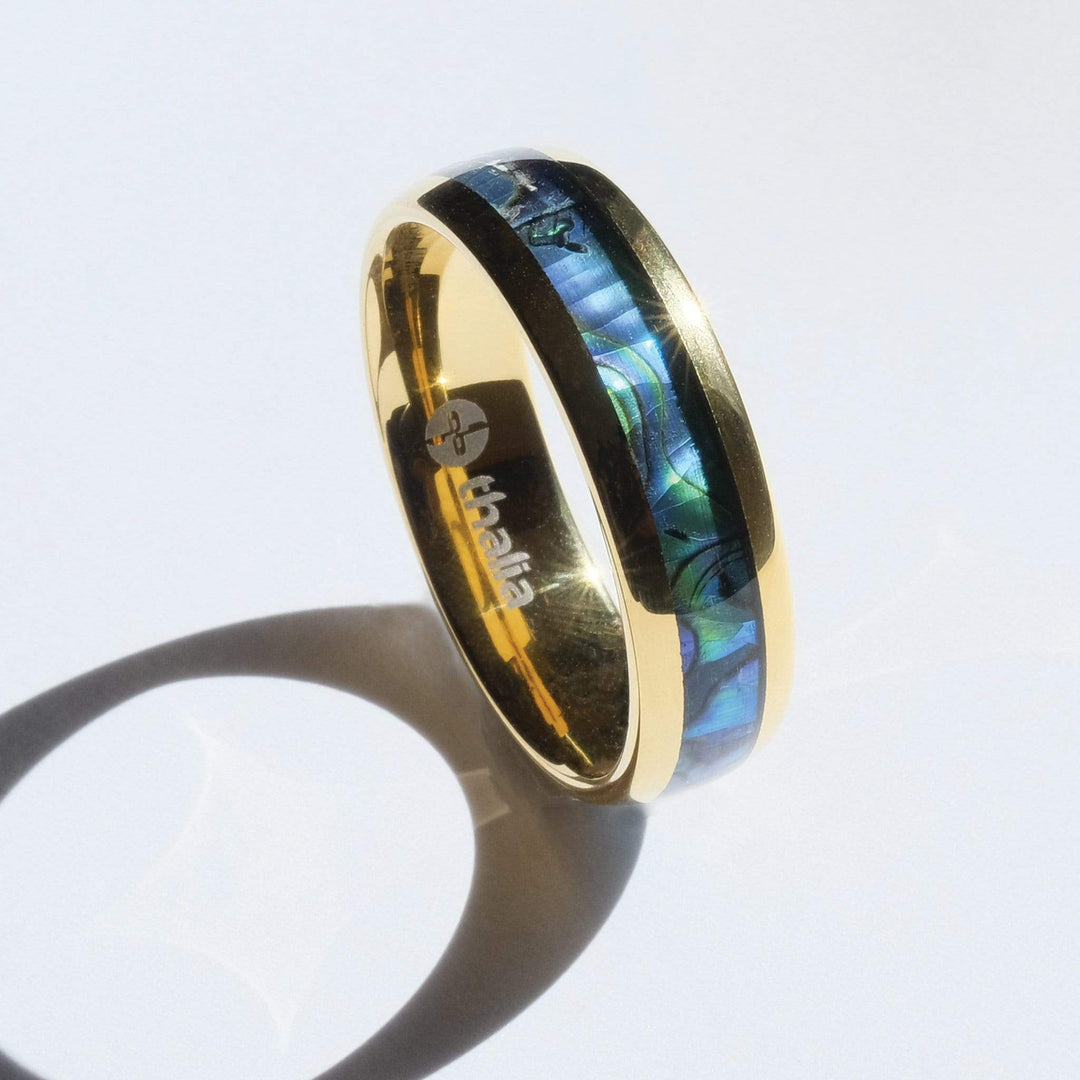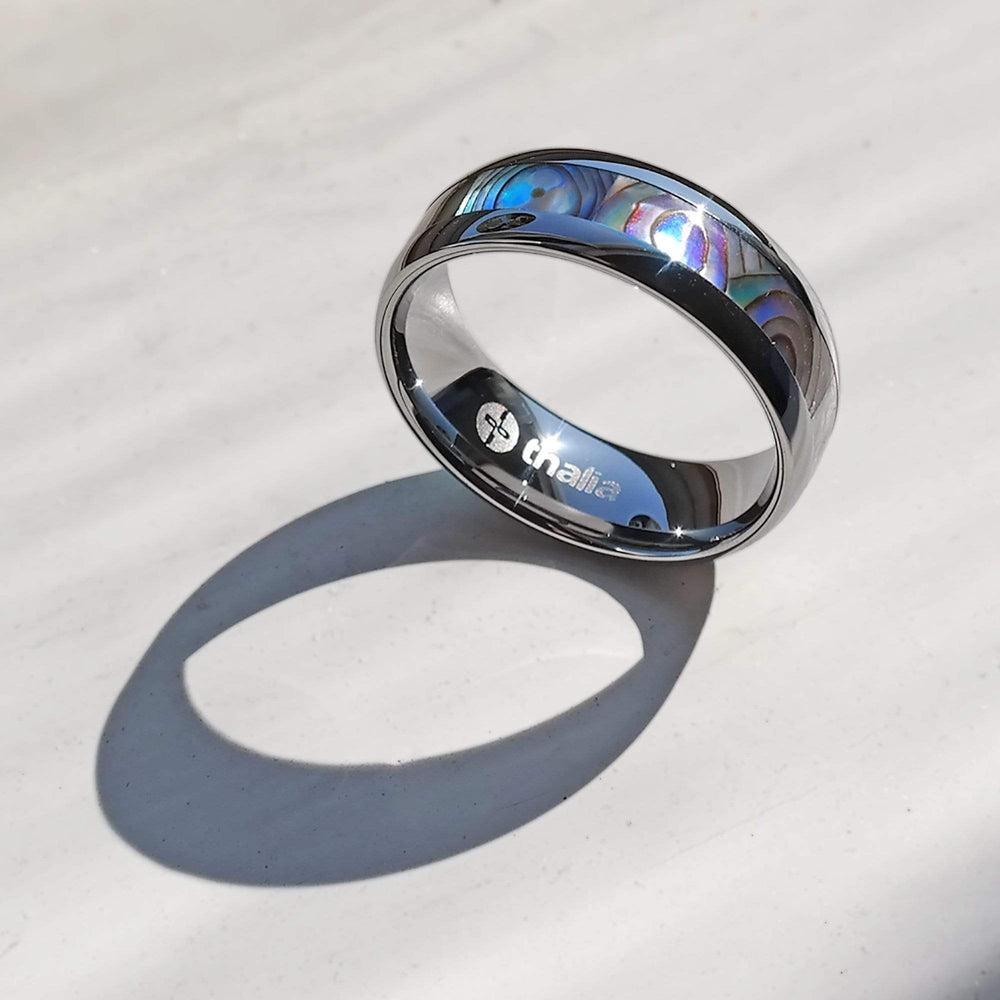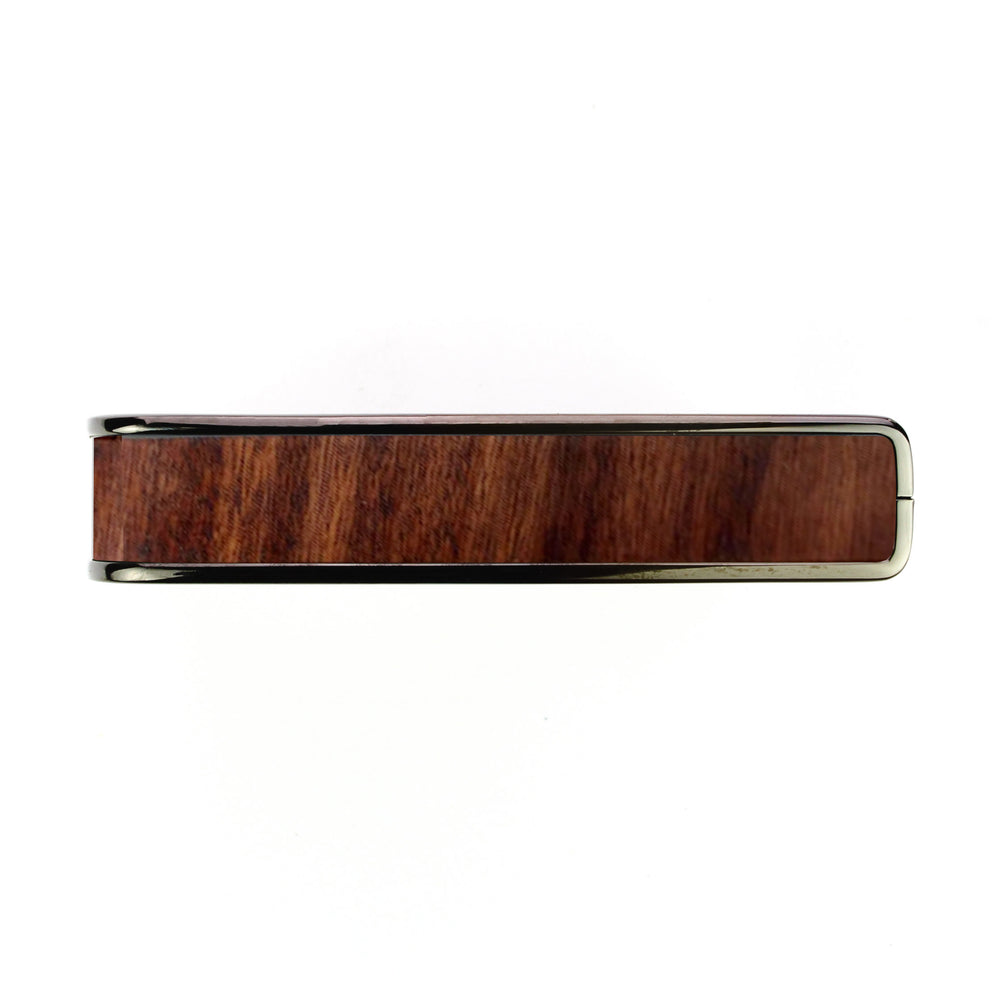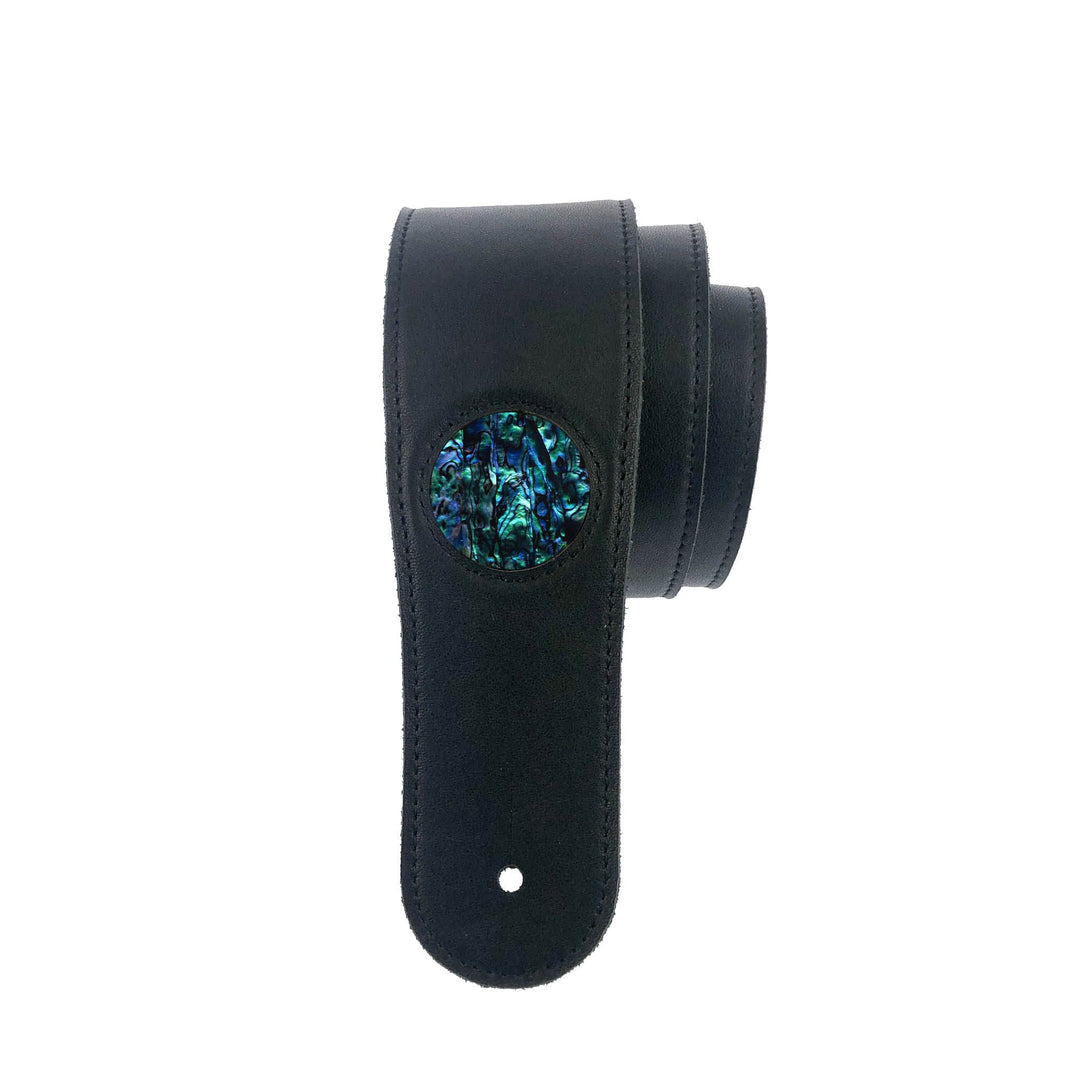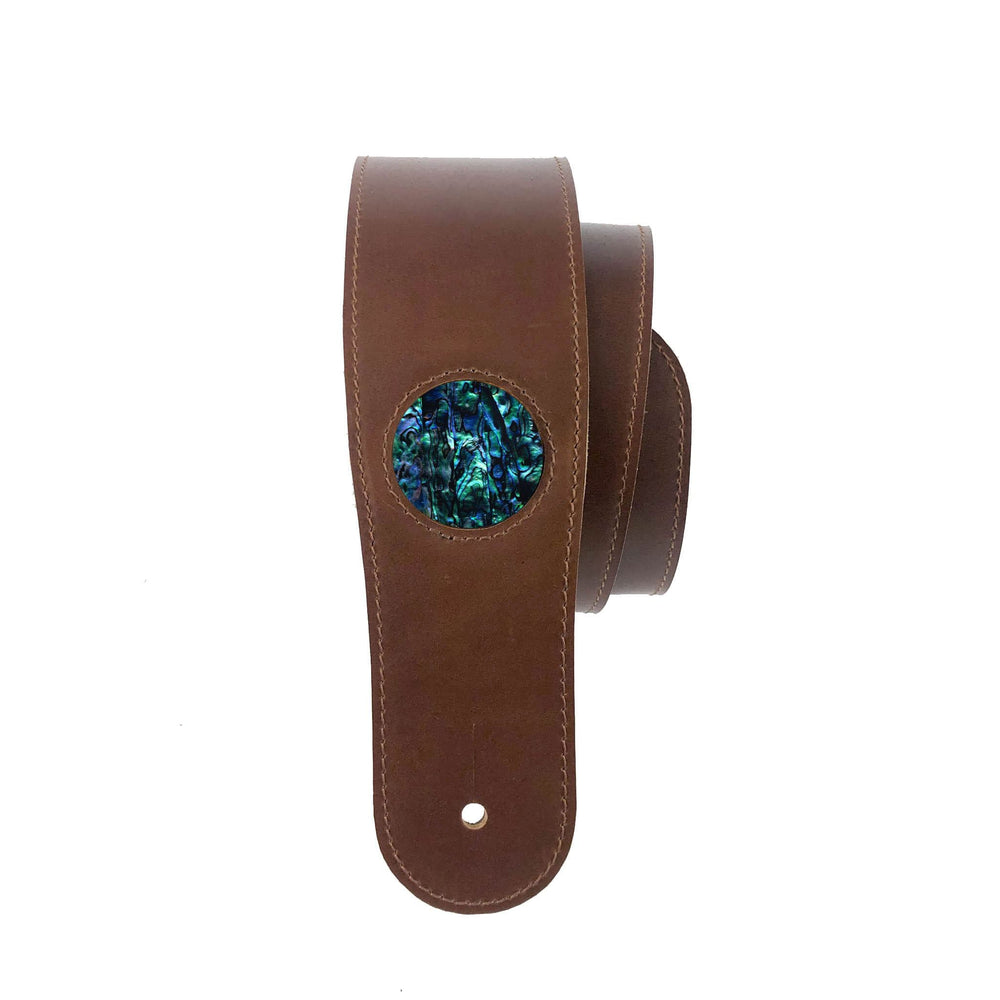Three Bits of BS Guitar Advice… I Wish I’d Ignored

When you start learning to play the guitar, you look for guidance wherever you can get it. You’re green around the ears, after all, and any morsel of information that will help you on your six-string journey is welcome.
Problem is, not every piece of advice you hear is worth listening to. Indeed, when I started out playing, I was told some absolute nonsense under the guise of “sage wisdom.” The people who offered me their two cents didn’t really know what they were talking about. But, at the time, nor did I, and I was more than ready to believe them.
So, without further ado, here are three pieces of BS guitar advice that I followed, when I shouldn’t have.
You need to learn acoustic first
I remember the excitement of opening my first electric guitar on my thirteenth birthday. It was a cheap, nasty knock-off Stratocaster with a warped neck and barely-fit-for-purpose hardware. Getting it to stay in tune was a nightmare. When played through the 10-watt solid-state practice amp that came with it, it sounded like a wet fart.
I didn’t care, though, because it was mine. Besides, all of my heroes at the time – Kurt Cobain, Angus Young, Jimmy Page – were electric guitar players. Thanks to the acquisition of my made-in-China-not-really-Strat, I felt like I was on my way to joining that club.
Or rather, I did, until the bus ride to school that day. I started enthusiastically telling my classmate about my new axe when he cut me off with the following statement:
“You shouldn’t have bought an electric guitar. To be a real guitar player, you need to learn on acoustic first.”
For a while, I worried that I’d made the wrong decision, and that by choosing electric over acoustic, I’d ended my guitar-playing dreams before they’d even started.
But this, of course, was total nonsense.
As Jonathan Horsley from Guitar World notes:
“You can learn on either. Both have six strings… and are tuned low to high EADGBE in standard tuning. The notes are the same. The scales and chords you learn on one can be applied to the other. Some techniques and approaches to playing vary, but the fundamentals are the same, and whether you choose electric or acoustic you will be amazed at the progress you can make in a short space of time.”
At the time, electric guitar players inspired me. And, regardless of what the guy on the bus thought, that made learning to play on electric a no-brainer.
Your fingers are too chunky
This one came my way one time during a free period at high school. I was sat with my knock-off strat, minding my own business and noodling away, when some know-it all came up to me and uttered the following:
“You’ll never be able to play that thing properly, man; your fingers are too chunky.”
It’s true that my digits aren’t exactly the most lithe things on the planet, but I initially paid the comment no mind. (I also probably told said know-it-all to go away in a sting of four letter words that I won’t repeat here).
Nevertheless, the comment started to eat away at me, and I developed something of a complex about it.
It was only years later, when I brought this up with a guitar teacher, that the record was set straight. Upon telling him I didn’t think I’d be able to tackle whatever piece we were working on because of the aforementioned finger thickness, he showed me a picture of Slash from Guns N’ Roses.
Like me, Slash is a man with chunky digits. Slash also happens to be one of the greatest rock guitarists of all time. Needless to say, my complex about inadequate fingers for guitar playing disappeared soon after.
You should be playing Jazz
As you’ve probably guessed from the first couple of entries in this post, when I was a teenager, I wanted to rock. I wanted to rock so hard that I was practically a chorus in a Twisted Sister song…
I loved learning to play rock riffs, minor pentatonics and big, open chords. Learning rock stuff was what motivated me and I quite happily put the hours in with that end goal in mind.
That was, until somebody told me that I would never be a good guitar player unless I started learning jazz.
Cue two grueling months of me dispensing with the rock material that I loved the most and trying to get to grips with jazz scales that – at the time – were completely alien to my sensibilities.
Don’t get me wrong; getting outside of your box and pushing yourself in new directions is an essential part of becoming a better guitar player. But, when you’re starting out, you’ve got to follow the things that inspire you. That’s what helps you build up the motivation to keep playing and opens the doors to a more diverse range of influences later on.
What’s the worst piece of guitar advice you were ever given? And what advice do you wish you could have given to your younger self? Share your stories in the comments.



